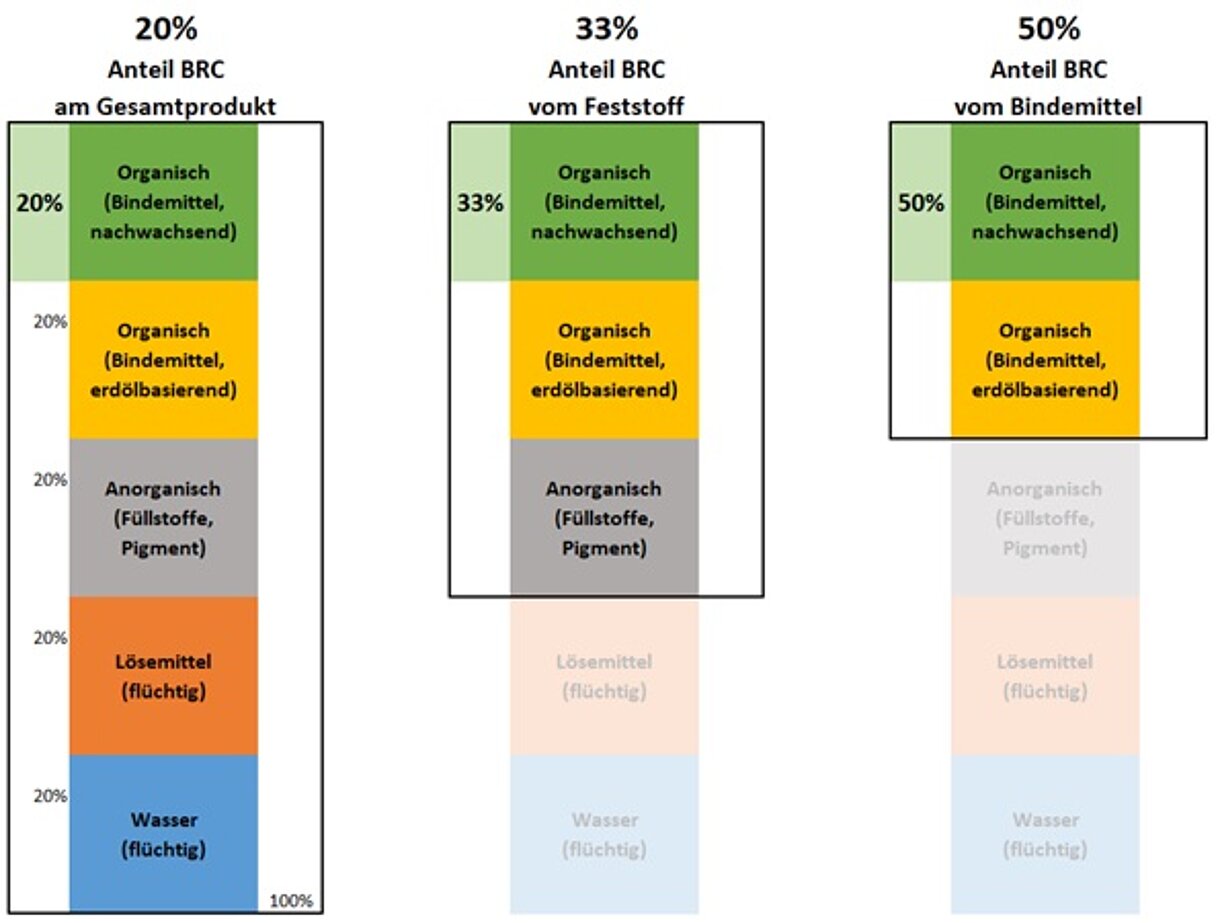What is BRC?
Information on the percentages of renewable raw materials a product contains is unfortunately inconsistent. Hesse Lignal has opted for the most honest way of stating the BRC proportion.
But what does BRC (bio-renewable carbon) actually represent? Renewable raw materials are raw materials that consist of carbonaceous plant or animal materials. The designation BRC (bio-renewable carbon) refers to forms of carbon compounds that are bio-renewable. The ratio of C12 and C14 isotopes alters depending on the formation age of these carbon compounds. The C stands for carbon and the number denotes the isotope. Perhaps you’ve already heard of the C14 method. The carbon compounds derived from petroleum are several hundred million years old. Radiocarbon dating using the C14 method enables these substances to be analytically distinguished from petroleum-based carbon compounds. It can be used to determine when the materials were formed and thus distinguish between petroleum-based and renewable materials.


